Few dates on the Puerto Rican calendar arouse as much passion, interest and discussion as July 25.
---
Lee este artículo en español.
---
For some, the day corresponds to the commemoration of the U.S. invasion in the aftermath of the Spanish-American War of 1898. An event that irrefutably changed the course of the island after it left without effect the Autonomous Charter of Puerto Rico of 1897.
Others celebrate the proclamation of the Commonwealth Constitution in 1952, established on that date by then Governor Luis Muñoz Marín and which constitutes a historical milestone that marks a before and after of modern Puerto Rico.
While many others solemnly remember the murders of pro-independence students Carlos Soto Arriví and Arnaldo Darío Rosado at the hands of police officers in 1978, in Cerro Maravilla, in Jayuya, during an alleged terrorist attack on communication towers located at the top of that mountain.
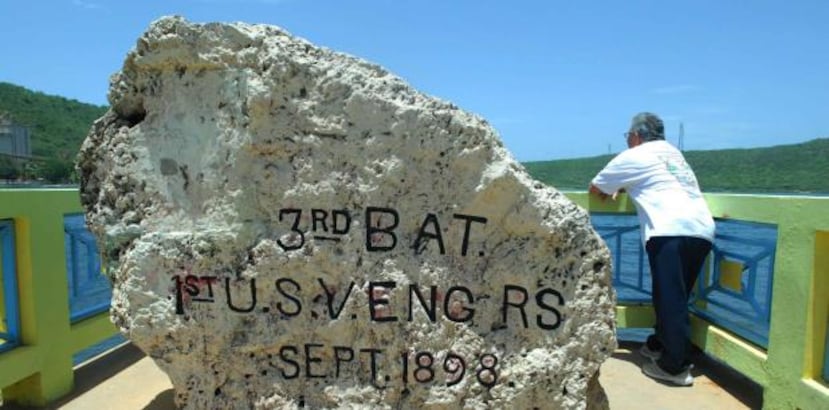
July 25, 1898
A little more than two months before the U.S. invasion, the Army offensive began on May 12, 1898, when the U.S. Navy bombarded the islet of San Juan. It was not until July 25 that General Nelson A. Miles, with a contingent of 3,300 soldiers, landed on the shores of Guánica beginning the land offensive and where the first skirmish between the two sides took place.
“On July 25, at approximately 6:00 a.m., the mayor of Yauco, Dr. Atilio Gaztambide, receives a message from the lighthouse keeper of Guánica indicating that there are 13 American warships in front of the port. The mayor transmitted the same message by telegraph to Governor Macías in San Juan, who in turn ordered Captain Salvador Meca, head of the troops in Yauco, to do what he could while reinforcements arrived from Ponce and neighboring towns,” says historian Luis M. Iriarte, of the Society of Friends of the History of Puerto Rico.
It was in Yauco, Iriarte indicated, where the Americans encountered the first armed resistance on the part of the Spanish and Puerto Rican forces in the historic “Combate de Yauco,” which was followed by warlike encounters in Fajardo, Guayama, Coamo and Hormigueros.
“The casualties of the combat were seven wounded and two dead Spaniards and Puerto Ricans, plus five wounded Americans,” adds the historian.
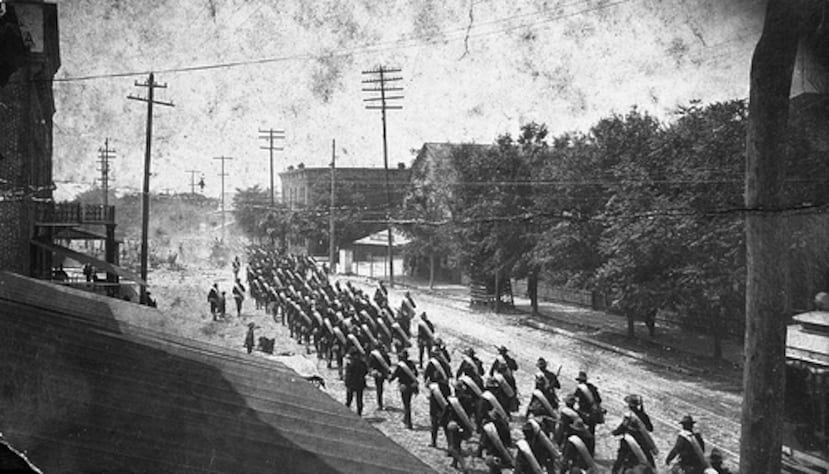
Historian Félix Huertas González, professor at the Ana G. Méndez University and former president of the Puerto Rican Association of Historians, called the event one of the most important events in the contemporary history of Puerto Rico.
“A new colonial process began, this time under U.S. rule. However, the complexity of that historical process also generated diverse debates and resistance in various political, social, economic and cultural sectors, both for and against the new regime,” he said.
However, it was not until 54 years after the invasion that a new political status for the island materialized.
July 25, 1952
After the signing of the Treaty of Paris on December 10, 1898, which ended the Spanish-American war and with which Spain abandoned its claims to its overseas colonies, the island became a U.S. territory without a clear territorial definition.
Puerto Rico received political status as an unincorporated U.S. territory with the establishment of the Commonwealth of Puerto Rico in 1950 and, finally, on July 25, 1952, the official proclamation of the Constitution of the Commonwealth of Puerto Rico took place.
“From July 25, 1898 to July 25, 1952, 54 years passed until, for the first time and to the strains of the Borinqueña, the Puerto Rican flag was raised, while the Commonwealth Constitution was inaugurated,” said Rafael Cox Alomar, lawyer, law professor and expert in International Law.
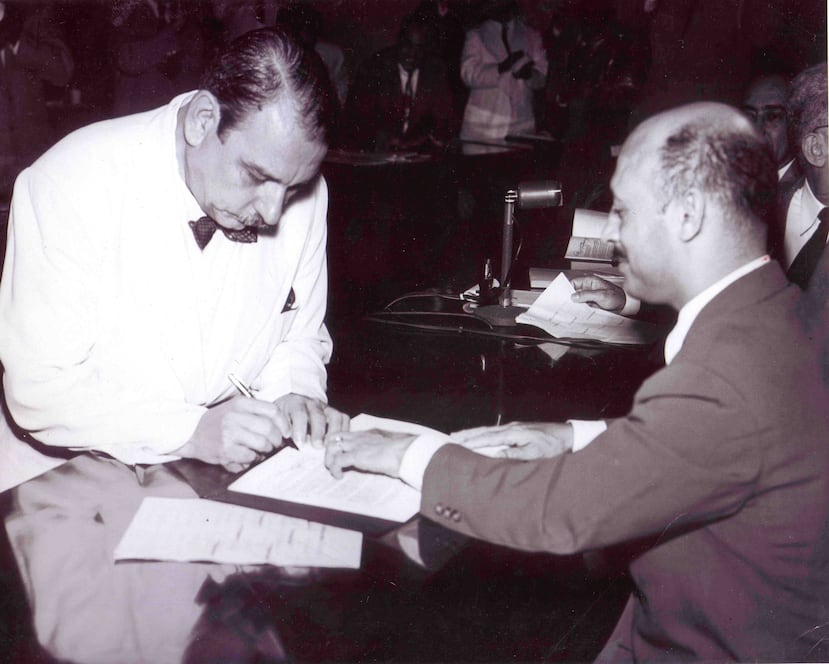
Cox Alomar assured that it was not by chance that both dates coincided, but rather an effort by the Puerto Rican government to erase what they considered an affront to the dignity of the country.
“The highest political leadership of the time chose the date July 25 with the purpose of erasing the indignity committed against the Puerto Rican people in 1898 when they were invaded, silenced and excluded from the negotiations that led to the Treaty of Paris under which they were ceded without their consent to the U.S. Congress,” said the former candidate for resident commissioner in Washington.
July 25, 1978
For months, between 1983 and 1984, Puerto Ricans were glued to their television sets as historical witnesses to the interviews conducted by the Senate Investigations Committee of those implicated in the murder of two pro-independence students during a police ambush in the mountainous area of Jayuya five years earlier.
According to the investigation, on the morning of July 25, 1978, Soto Arriví and Darío Rosado, two pro-independence activists allegedly linked to the Armed Revolutionary Movement group, together with undercover Puerto Rico Police officer Alejandro González Malavé, took cab driver Julio Ortiz Molina hostage and ordered him to take them to Cerro Maravilla, where several communication towers were located, including one of the Puerto Rico Police.
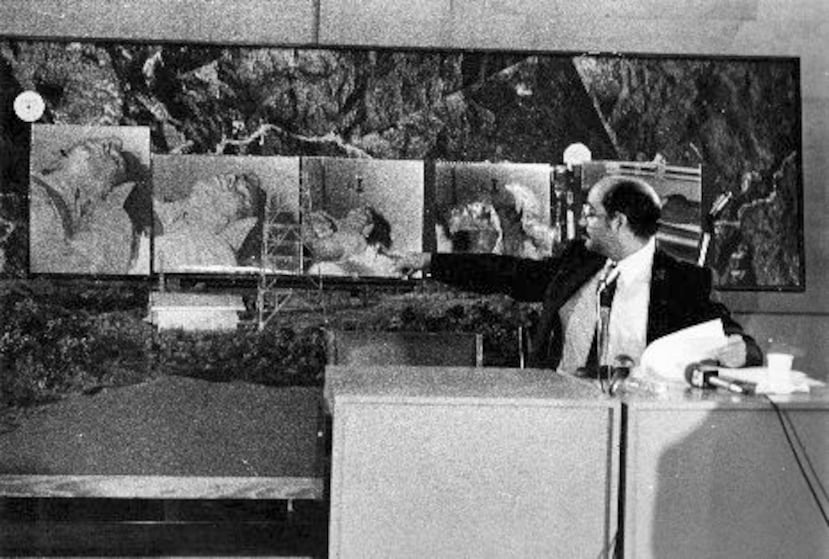
The plan was to sabotage the towers in protest of the imprisonment of Nationalists convicted of the attempted assassination of U.S. President Harry S. Truman in 1950 and the 1954 Capitol Hill shooting, where five members of Congress were wounded.
However, it was revealed during the Senate hearings that the authorities knew of the plan in advance and ambushed the activists, executing them on the spot.
“That date demonstrates that the repression against independence in Puerto Rico has been institutionalized,” said José Paralitici, historian, researcher and academic. “From July 25, 1898 onwards, repression against independence began, and July 25, 1978 reaffirms that the U.S. colonial government has repressed it even in the most vile way, which is through assassination
Paralitici said that the date of July 25 is a “coincidence” since it seems to have been chosen by the organizing forces of the ambush to send a message to the independence resistance on the island, in the same way that, he said, was the murder of Filiberto Ojeda Ríos on September 23 (2005), date when El Grito de Lares is commemorated.
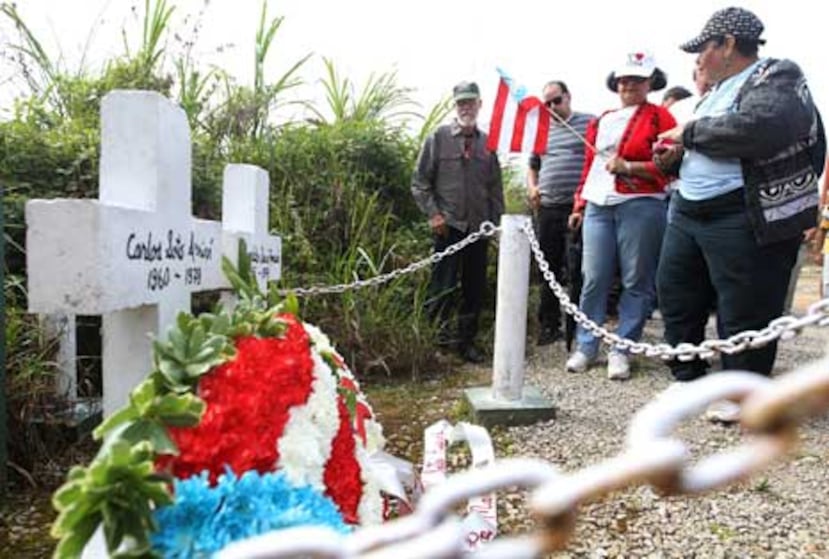
---
This content was translated from Spanish to English using artificial intelligence and was reviewed by an editor before being published.


